Collection
Theme
Country
- India (slavery location)
- India (trafficked from)
- United States (slavery location)
- United Kingdom (slavery location)
- Thailand (slavery location) 20 More
Date
- 2017 (Narrative date)
- 2015 (Narrative date)
- 2013 (Narrative date)
- 2016 (Narrative date)
- 2020 (Narrative date) 20 More
Type
261 results
VOICES: Narratives by Survivors of Modern Slavery
This is the world's largest archive of modern slavery survivor narratives. Across more than a million words spoken or written by survivors of modern slavery, we can see why slavery persists in particular hotspots, analyse patterns in trafficking routes, identify vulnerabilities, understand more about the challenges survivors face in liberation, and discover new antislavery solutions. These narratives offer the chance to systematically design new antislavery strategies based on the experiences, ideas and solutions of enslaved people themselves.
The database is searchable by country, name, theme, and narrative date. Narratives can be viewed in list or map form. A short introduction provides context to each narrative. Narrative provenance appears after the main narrative text.
For ideas on how to use this database, please see our accompanying guide.
Project Lead: Zoe Trodd. Team Members: Andrea Nicholson, Lauren Eglen, Rosemary Pearce, Olivia Wright.
Project Funders: AHRC Antislavery Usable Past grant (2014-19), ESRC/AHRC PaCCS Modern Slavery: Meaning and Measurement grant (2016-19), and AHRC-GCRF Antislavery Knowledge Network grant (2017-2021).
For any queries about the collection please contact: [email protected]. If you wish to cite a particular narrative, please acknowledge the survivor’s name, the provenance of the narrative and cite: Voices Database, the Rights Lab, University of Nottingham.

Vi
In 1999, Vi was one of about 250 workers brought from Vietnam on a labor contract. A South Korean businessman named Kil Soo Lee had bought a garment factory near Pago Pago, in American Samoa, and required sewing machine operators. Vi was recruited by a Vietnamese government-owned enterprise called…
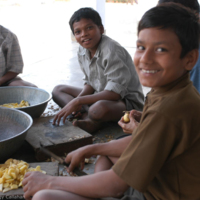
Ashok
There are hundreds of thousands of children trapped in India’s carpet industry. Most of India’s carpets are woven in Uttar Pradesh, where the majority of workers are low-caste Hindu boys. Some are lured into bondage by agents’ promises to their parents that they will receive good wages, and…
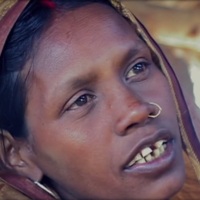
Choti
In 2000, some of the 220 residents of Sonebarsa, a quarrying village in Uttar Pradesh, India, revolted against their slaveholders. About 40 families lived in Sonebarsa, all of them Kols, an ethnic group near the bottom of India’s steep ladder of caste and discrimination, and all locked into…
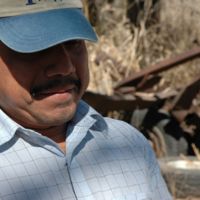
Miguel
Miguel’s narrative marks a clear turning-point when he knew he could remain in bondage no longer: “A week before Easter it happened.” He told other workers: “Now is our time to leave.” Miguel had arrived in the US from Mexico in 2001, and ended up as a slave in a labor camp run by the…
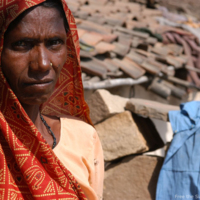
Munni
Debt bondage is the most common form of modern slavery. Found predominantly in South Asia and South America, it occurs when a person pledges their labor or that of a child for an indefinite period of time in return for financial credit. There are millions of bonded laborers in India. Debts arise…
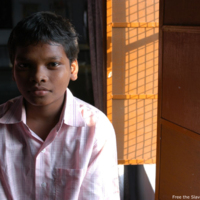
Rama
There are hundreds of thousands of children trapped in India’s carpet industry. Most of India’s carpets are woven in Uttar Pradesh, where the majority of workers are low-caste Hindu boys. Some are lured into bondage by agents’ promises to their parents that they will receive good wages, and…
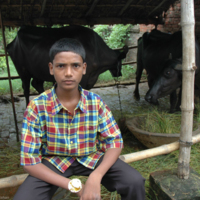
Rambho
There are hundreds of thousands of children trapped in India’s carpet industry. Most of India’s carpets are woven in Uttar Pradesh, where the majority of workers are low-caste Hindu boys. Some are lured into bondage by agents’ promises to their parents that they will receive good wages, and…
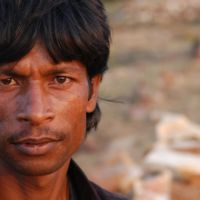
Ramphal
In 2000, some of the 220 residents of Sonebarsa, a quarrying village in Uttar Pradesh, India, revolted against their slaveholders. About 40 families lived in Sonebarsa, all of them Kols, an ethnic group near the bottom of India’s steep ladder of caste and discrimination, and all locked into…
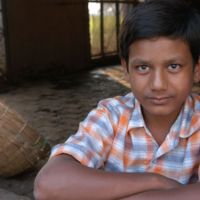
Ravi
There are hundreds of thousands of children trapped in India’s carpet industry. Most of India’s carpets are woven in Uttar Pradesh, where the majority of workers are low-caste Hindu boys. Some are lured into bondage by agents’ promises to their parents that they will receive good wages, and…
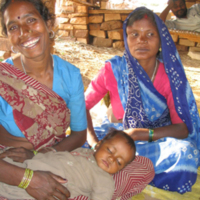
Sumara
In 2000, some of the 220 residents of Sonebarsa, a quarrying village in Uttar Pradesh, India, revolted against their slaveholders. About 40 families lived in Sonebarsa, all of them Kols, an ethnic group near the bottom of India’s steep ladder of caste and discrimination, and all locked into…
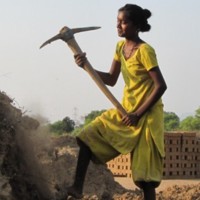
Shanti
Shanti narrated her story while enslaved as a bonded laborer in the rock quarries of Uttar Pradesh, India. Debt bondage is the most common form of modern slavery. Found predominantly in South Asia and South America, it occurs when a person pledges their labor or that of a child for an indefinite…
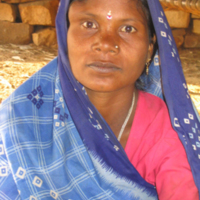
Shyamkali
In 2000, some of the 220 residents of Sonebarsa, a quarrying village in Uttar Pradesh, India, revolted against their slaveholders. About 40 families lived in Sonebarsa, all of them Kols, an ethnic group near the bottom of India’s steep ladder of caste and discrimination, and all locked into…
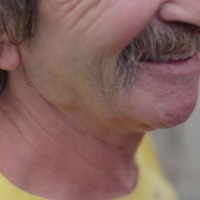
Edward
"Edward" was beaten, degraded and made to work long hours in forced labour in the UK. At one point he was sold by one man to another man for £300. He was removed from a situation of exploitation by the specialist investigators of the charity Hope for Justice. The British Government estimates that…
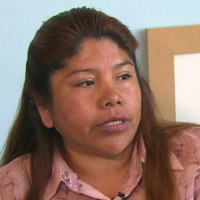
Flor (Narrative 1)
In 2001, Flor Molina was 28 years old and had just lost her youngest child. She was working two jobs in Puebla, Mexico, but not making enough money to feed and clothe her surviving children. At night, she took sewing classes. When her sewing teacher told her about a job in the United States, she…
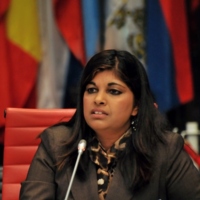
Rani
Rani was taken from her family in India and enslaved when she was seven years old. After a year, her enslaver sold her into illegal adoption. She grew up in the United States. In 1992 she married Trong Hong, a survivor of trafficking in Vietnam, where he had been a child soldier. In 2002, Rani's…

Angela
Angela Guanzon was brought to the United States from Bacolod City, Philippines, in 2005, to work at an elderly care home in California. But upon arrival she was told she owed $12,000 in fees, to be deducted before wages. She worked 18 hours a day and slept on hallway floors for two and half years.…
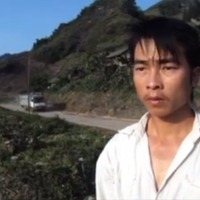
Trong
China remains a source, transit and destination country for men, women and children subject to forced labour. There have been a number of media reports exposing cases of forced labour in the country, especially among the disabled whose families are unable to care for them and with an underdeveloped…
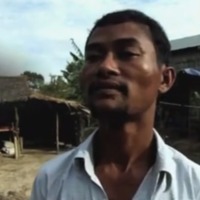
Vannak
Men, women and children are victims of human trafficking for forced labour in the Thai fishing industry. Enslaved people are subjected to physical abuse, excessive and inhumane working hours, sleep and food deprivation, forced use of methamphetamines and long trips at sea confined to the vessel. Due…

Zakir
India has a population of more than 1.3 billion people, there are still at least 270 million people living on less than US$1.90 per day. While laws, systems and attitudes regarding key 'fault lines' such as the caste system, gender and feudalism are rapidly changing, social change of this depth and…
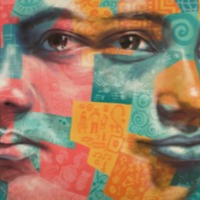
Mark
Despite having the lowest regional prevalence of modern slavery in the world, Europe remains a destination, and to a lesser extent, a source region for the exploitation of men, women and children in forced labour and commercial sexual exploitation. According to the most recent Eurostat findings,…